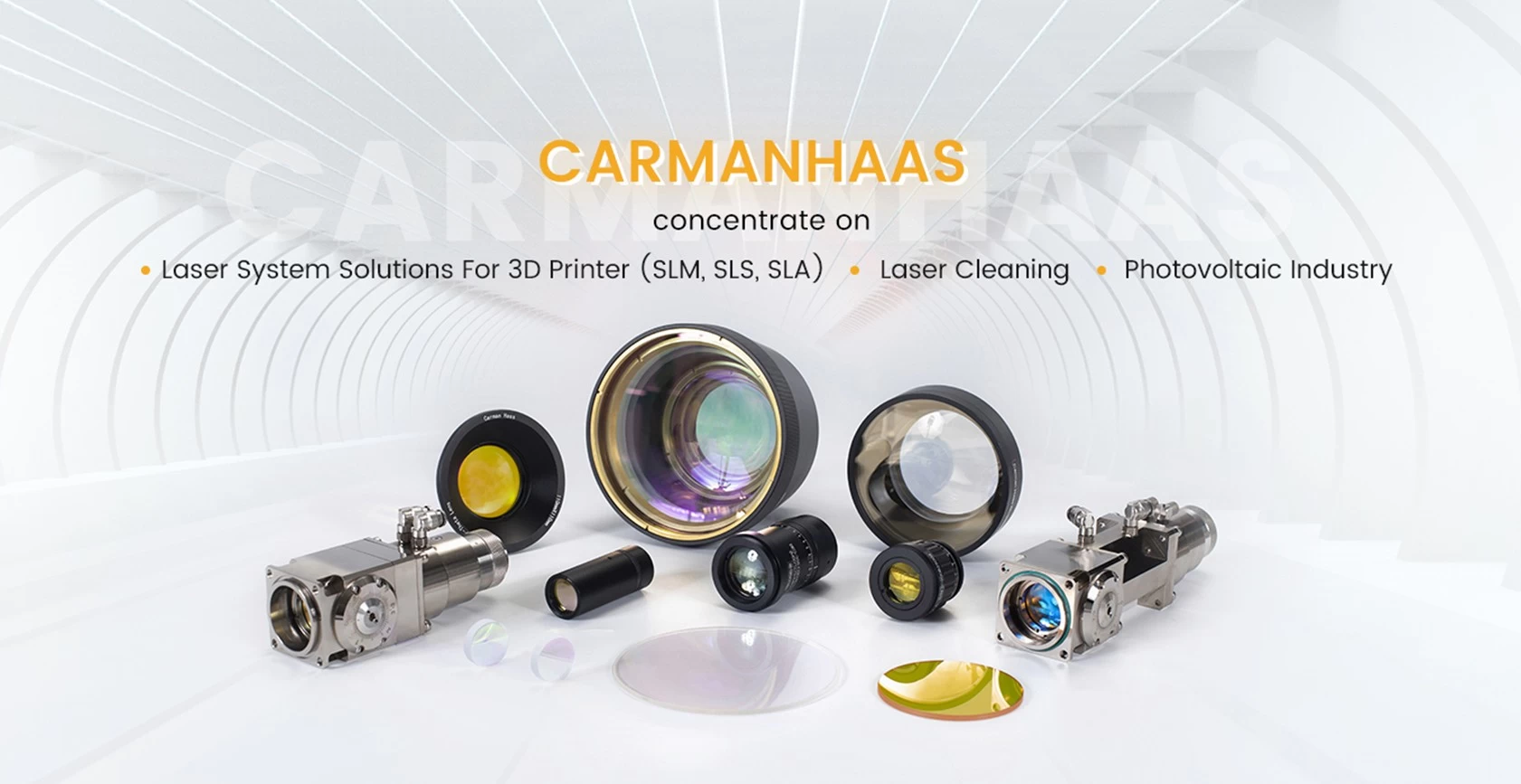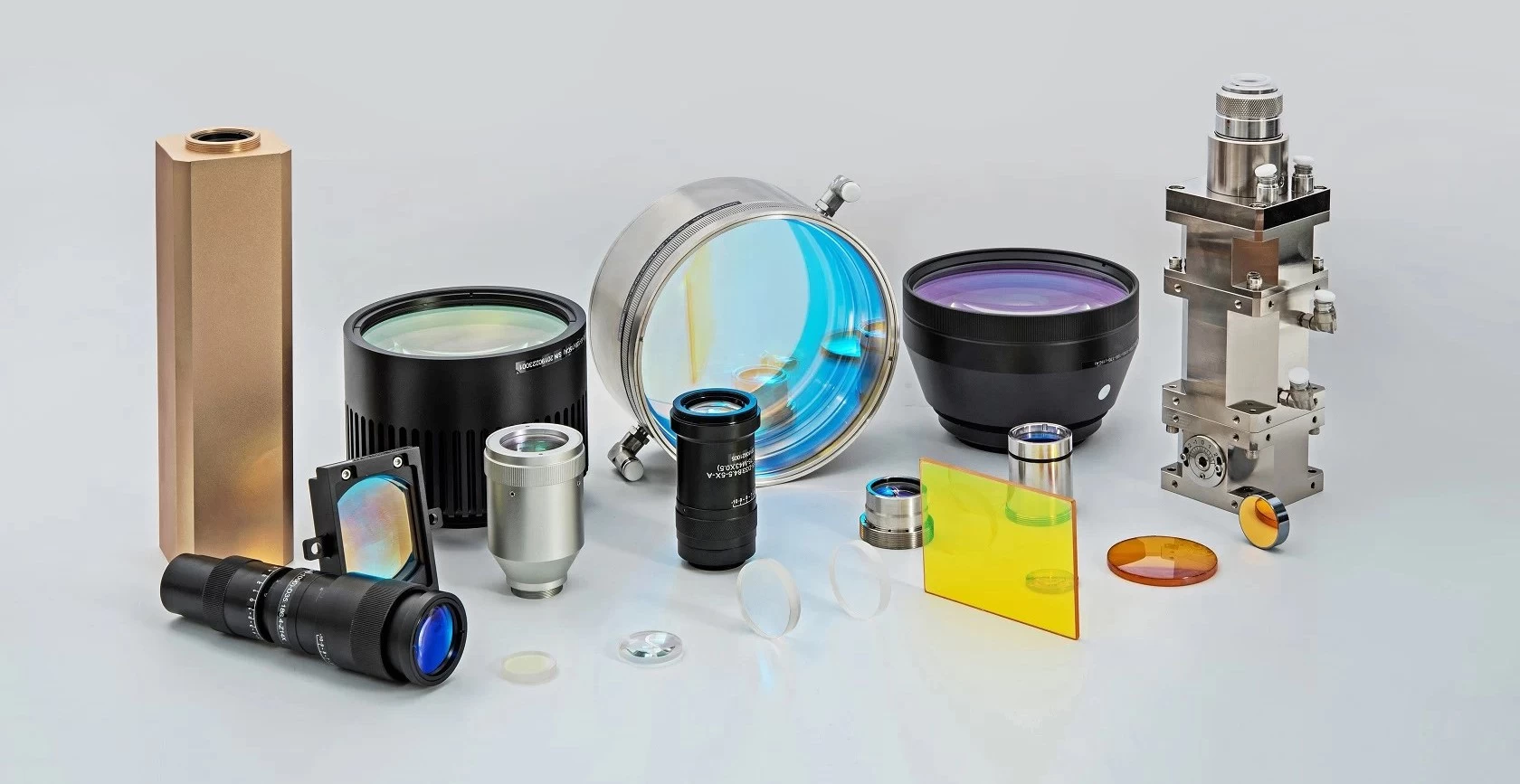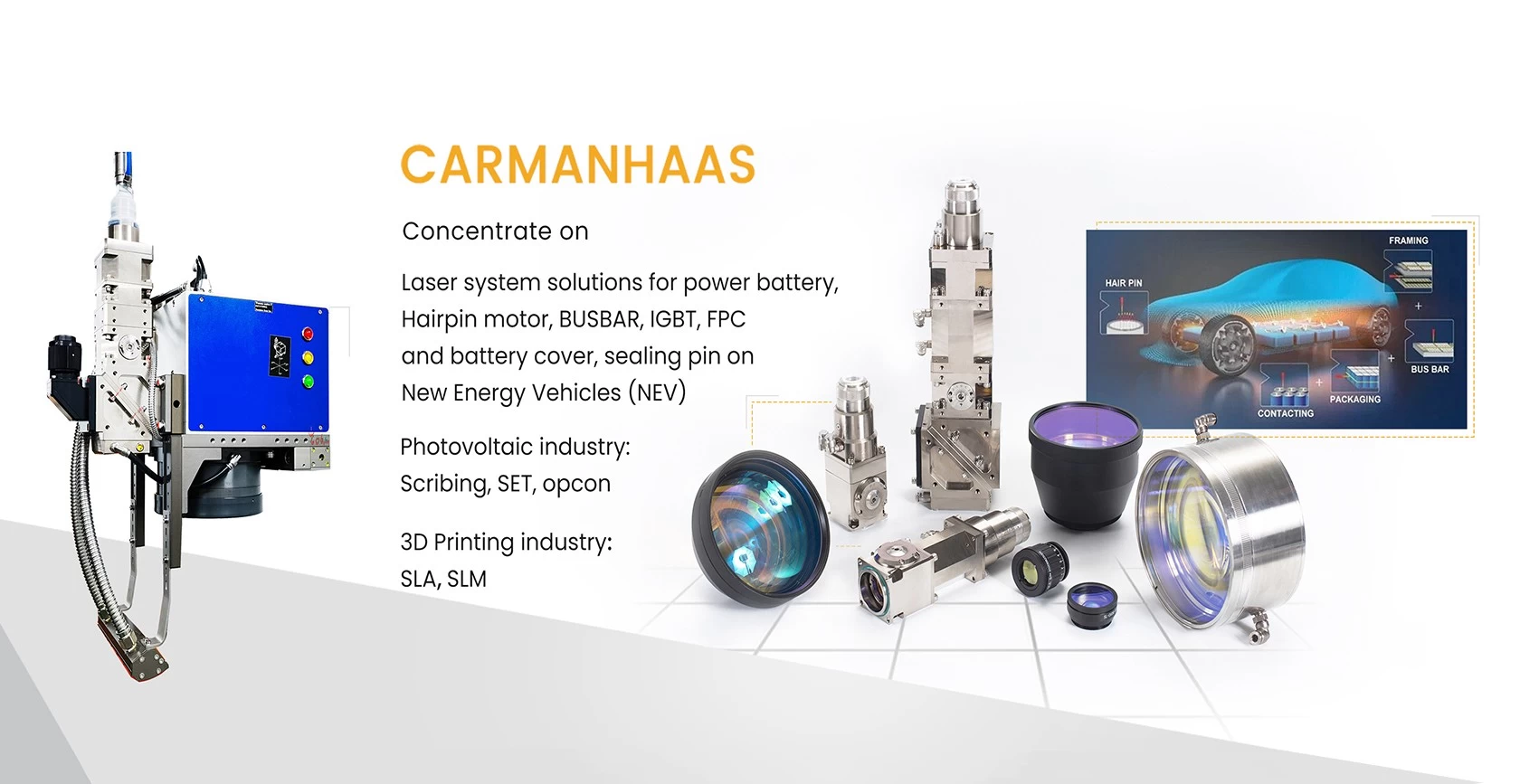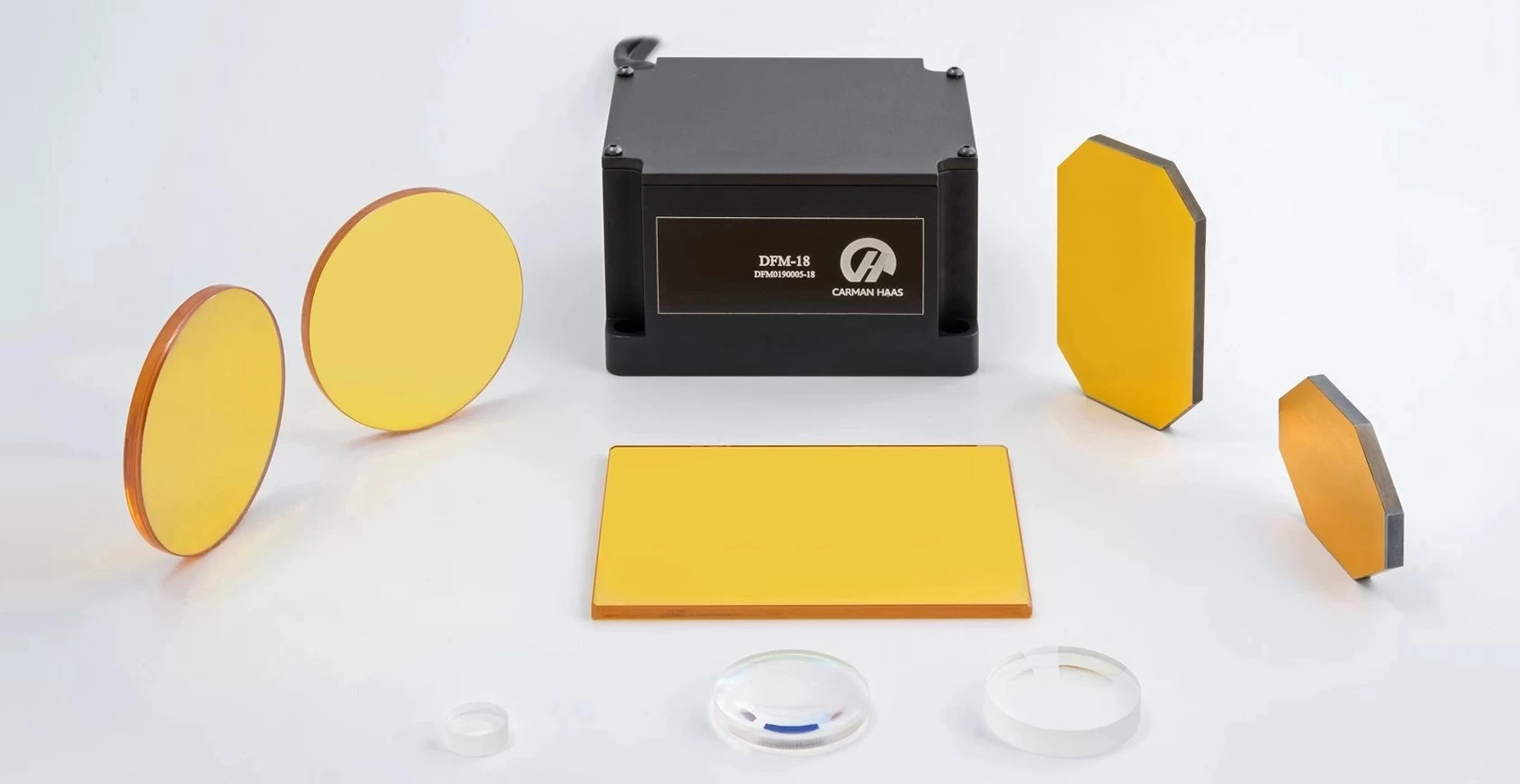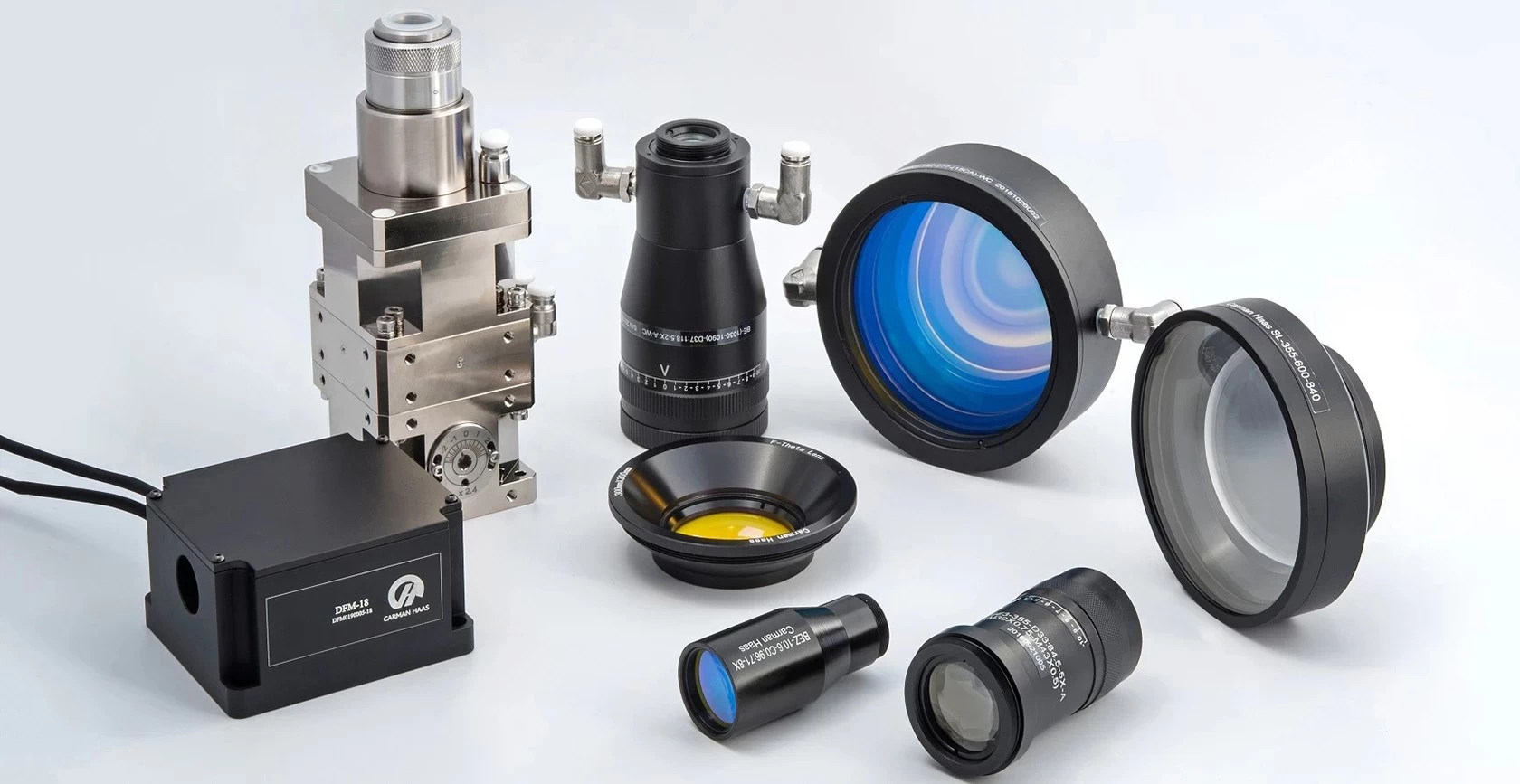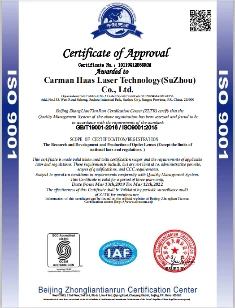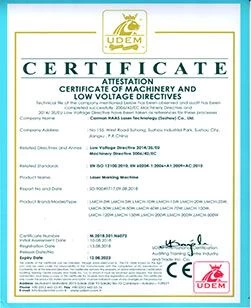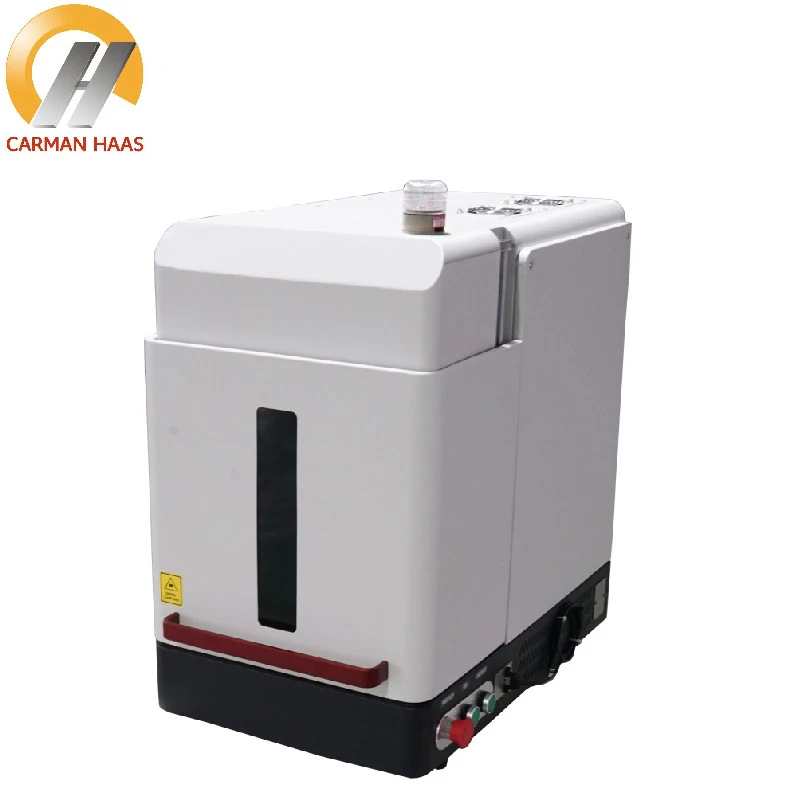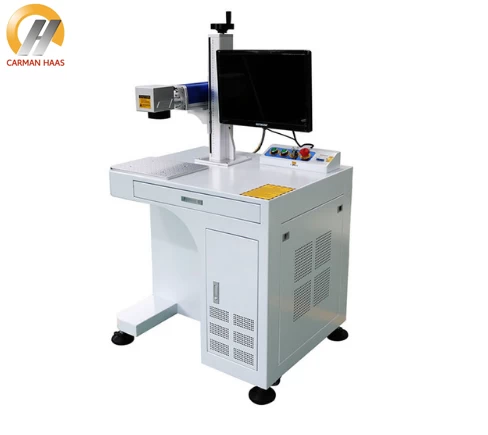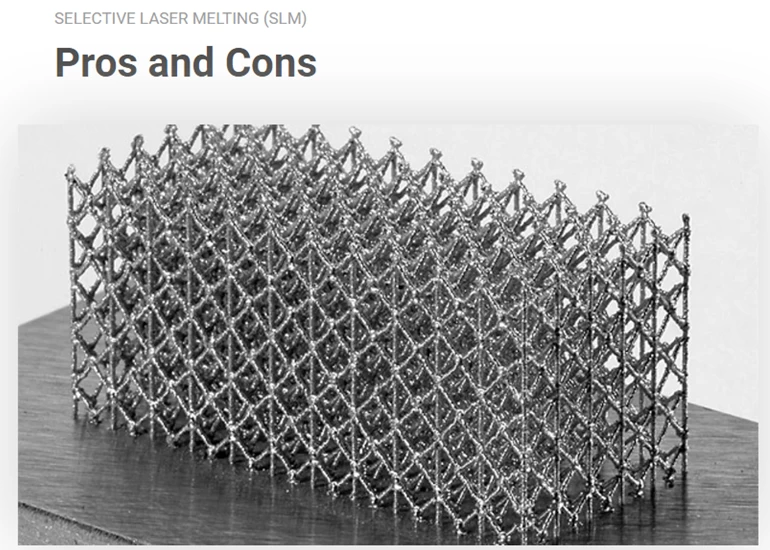The working principle and characteristics of laser SLM technology
Laser selective melting forming technology is an advanced laser additive manufacturing technology developed on the basic principle of prototype manufacturing technology. The three-dimensional digital model of the part is sliced and layered by special software. After obtaining the profile data of each section, the high-energy laser beam is used to selectively melt the metal powder layer by layer according to the profile data. Method, manufacturing three-dimensional solid parts.
working principle
After the 3D digital model of the part is sliced and layered and imported into the forming equipment, the horizontal squeegee first evenly spreads a thin layer of metal powder on the substrate, and the high-energy laser beam selectively follows the data information of the current layer of the 3D digital model Melt the powder on the substrate to form the shape of the current layer of the part.
Then the horizontal scraper spreads another layer of metal powder on the processed layer, and the high-energy beam laser selects and melts according to the data information of the next layer of the digital model, and reciprocates until the entire part is manufactured.
Technical characteristics
Laser selective melting forming technology breaks through the conventional thinking of deformation forming and removal forming of traditional manufacturing process. According to the three-dimensional digital model of the part, the metal powder can be used to directly obtain the solid part of any complex shape without any fixtures and molds, realizing "net forming" "The new concept of material processing is especially suitable for the manufacture of difficult-to-machine parts such as titanium alloys and high-temperature alloys with complex internal cavity structures.

SLM Optical system supplier china
Laser selective melting forming technology usually uses ultra-fine powder with a particle size of about 30μm as the raw material. Usually the powder thickness is less than 100μm (the thinnest powder thickness can reach 20μm), and each processing layer is controlled to be very thin, which can reach 30μm. In addition, this technology also uses a laser beam with a small spot, which can make the formed parts have high dimensional accuracy (up to 0.1mm) and excellent surface quality (roughness Ra can reach 30-50μm)
Therefore, this technology has the characteristics of high precision and excellent surface quality, and the manufactured parts can be used directly after simple sandblasting or polishing. Due to the saving of materials and cutting processing, its manufacturing cost can be reduced by 20% to 40%, and the production cycle will be shortened by 80%.
The laser selective melting process breaks through the traditional removal processing ideas and effectively solves the processing problems of the unreachable parts of the traditional processing technology. It is especially suitable for the manufacture of parts with special-shaped and complex internal structures that cannot be manufactured by traditional processes such as forging, casting, and welding. At the same time, due to the high forming accuracy of this technology, more non-machined surfaces can be reserved in the application of ordinary parts, so it can better solve the processing problem of difficult-to-cut materials. The successful application of laser selective melting forming technology in titanium alloys, aluminum alloys, high temperature alloys, structural steels, stainless steels and other materials has had a very important impact on the aerospace industry.



